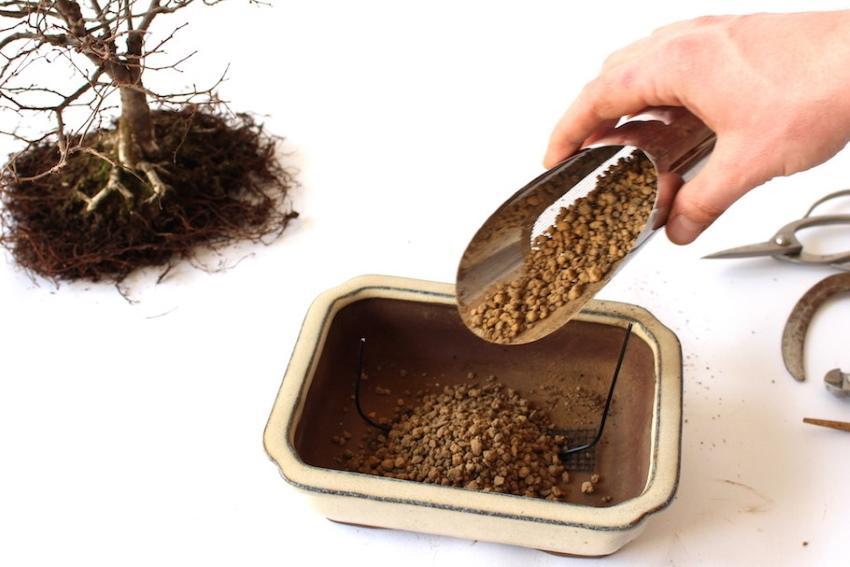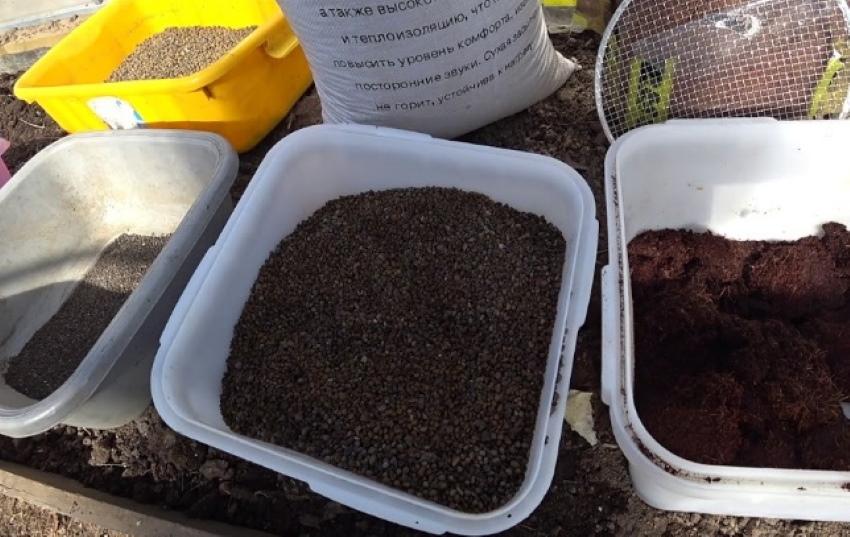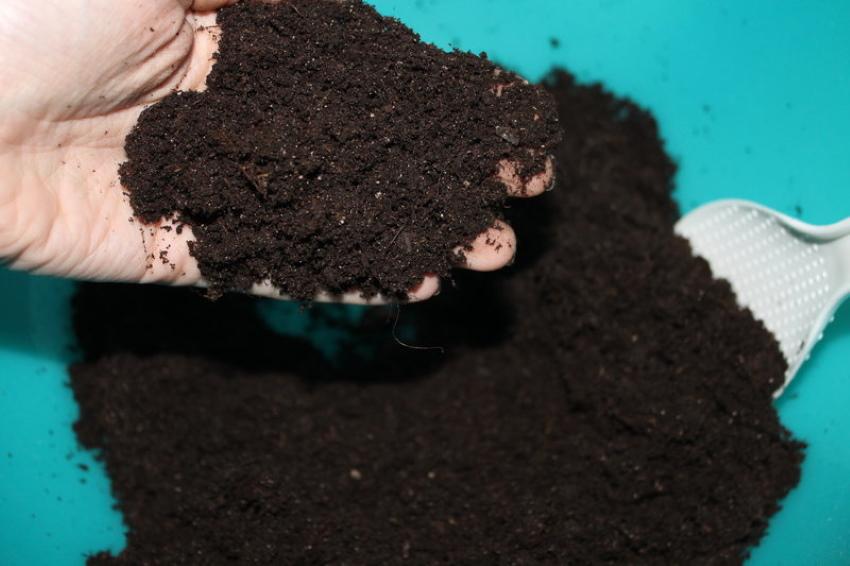What soil is needed for bonsai - we select the optimal soil mixture for indoor trees
 Unlike most indoor flowers, which need nutrient soil, bonsai plants are less demanding on its composition. The reason is obvious: in nature, such crops often grow on poor and rocky land. However, this does not mean at all that you can ignore what kind of soil is needed for bonsai. Properly selected soil is the key to successful cultivation of miniature trees. It affects not only the general development, but also the well-being of indoor green pets. Such specimens are more susceptible to diseases, especially if they grow in the wrong soil. As strange as it may sound, but it should not be too nutritious, except for the first couple of years, while the plant is still young. The rest of the time, the bonsai is quite content with poor rocky soil, receiving the necessary nutrition through feeding.
Unlike most indoor flowers, which need nutrient soil, bonsai plants are less demanding on its composition. The reason is obvious: in nature, such crops often grow on poor and rocky land. However, this does not mean at all that you can ignore what kind of soil is needed for bonsai. Properly selected soil is the key to successful cultivation of miniature trees. It affects not only the general development, but also the well-being of indoor green pets. Such specimens are more susceptible to diseases, especially if they grow in the wrong soil. As strange as it may sound, but it should not be too nutritious, except for the first couple of years, while the plant is still young. The rest of the time, the bonsai is quite content with poor rocky soil, receiving the necessary nutrition through feeding.
What soil is needed for bonsai

Ideal bonsai soil should be multi-component and contain both organic and landless elements. In addition, it is important to consider the requirements of a particular culture. So, conifers grow better in sandy substrates, and azaleas need acidic soil.
Organic Bonsai Soil Components
They are especially important for young plants up to 5 years old, as they provide nutrition. Fertile soils contain vermicompost (rotted plant residues), humus and microorganisms. The latter break down organic matter, making it more accessible to the roots.
The land for growing bonsai must contain the following organic elements:
- peat;

- charcoal (no more than 10%);

- bark of trees (from the same species as the bonsai itself).

The soil for young bonsai should contain about 50% organic components. But turf soil and unbaked clay cannot be added. It is not recommended to include humus, so as not to provoke rapid growth, which is undesirable for such crops.
Landless soil mixture components for bonsai
Inorganic components serve as disintegrants and must be added to the nutrient soil. Dry fillers help retain moisture directly at the roots, creating air locks and preventing rotting. These include:
- coarse river sand (especially for conifers);

- expanded clay (laid out as a drainage layer at the bottom of the pot);

- pumice;

- lava;

- zeolite.
